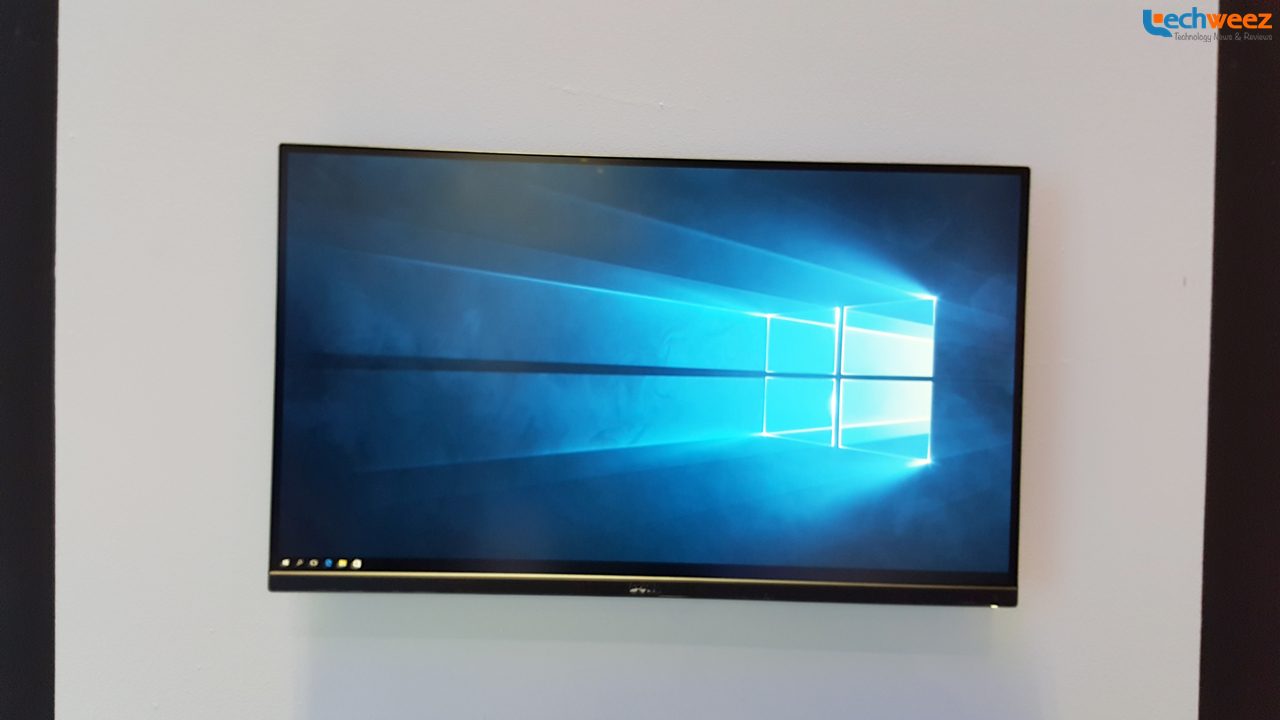

Gamma curve also looks reasonable although it’s still hard to measure this accurately due to Samsung’s APL brightness adjustments, even with fixed 50 APL and 50% windows sizes during out measurements. Whites fall in at 6423K on the S21 Ultra, much less red than the S20 series devices’ calibration, with general great colour balance at dEITP of only 1.2. In terms of greyscale accuracy, the good news for this generation is that it seems Samsung has done a better job than in past years. If you’re looking for a device which does excellently under sunlight, then the S21 Ultra is definitely the right choice.
SAMSUNG WIN 10 BRIGHTNESS CONTROL PATCH MANUAL
Manual brightness is still limited by Samsung to only 462 nits, however when in auto-brightness, it goes to a staggering 942 nits – almost beating the superbly bright RGBW LCD display of the LG G7. The S21 Ultra’s brightness is beyond any other OLED display on the market right now.
SAMSUNG WIN 10 BRIGHTNESS CONTROL PATCH FULL
Peak full screen whites are still at around 700 nits when in auto-brightness mode under bright ambient conditions. When it comes to screen brightness, the Galaxy S21 isn’t all much different to the S20 series, although it does allow for brighter manual brightness up to 393 nits on our unit. Data is collected and examined using Portrait Display's CalMAN software. As always, we thank X-Rite and SpecraCal, as our measurements are performed with an X-Rite i1Pro 2 spectrophotometer, with the exception of black levels which are measured with an i1Display Pro colorimeter. We move on to the display calibration and fundamental display measurements of the Galaxy S21 Ultra and S21 screens. When it comes to colour accuracy, we find Samsung’s usual display modes, limited to a “Vivid” setting that’s more saturated in terms of the colours, and allows you to fine-tune colour temperature to your taste, and the “Natural” screen mode that tries to adhere to sRGB and Display P3 colour gamuts and features near 6500K whites. I did note that at least in terms of hardware build quality, the smaller S21 does seem to have advantages over the S20 series when it comes to its lamination, as I am seeing better viewing angles, and the panel being better glued to the glass. The smaller S21 doesn’t have any of the new display technologies, it is lower resolution, but still has software based adaptive frequency features. The S21 Ultra’s new panel uses a new hybrid oxide pack panel technology along with a new OLED emitter generation that allows it offer seamless fine-grained refresh rate switching along with getting extremely bright while being much more power efficient. We’ve noted many times now that the displays of the S21 series are relatively special, although for different reasons depending on the model.


 0 kommentar(er)
0 kommentar(er)
